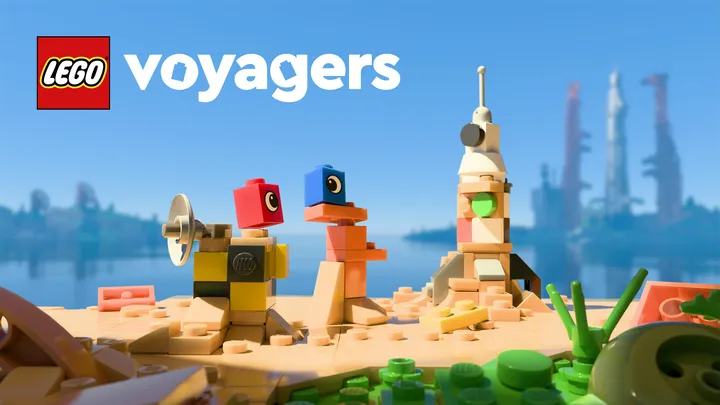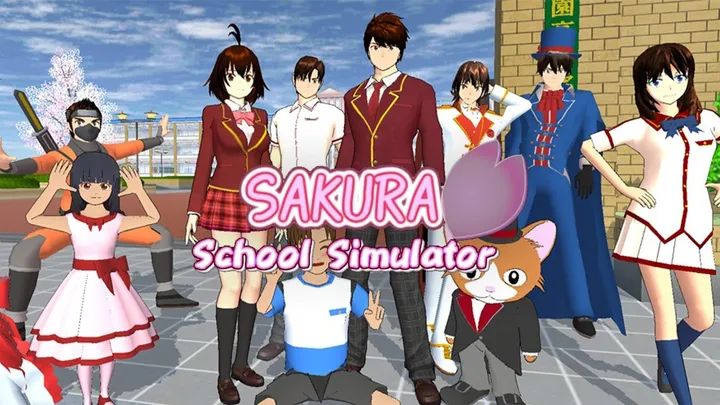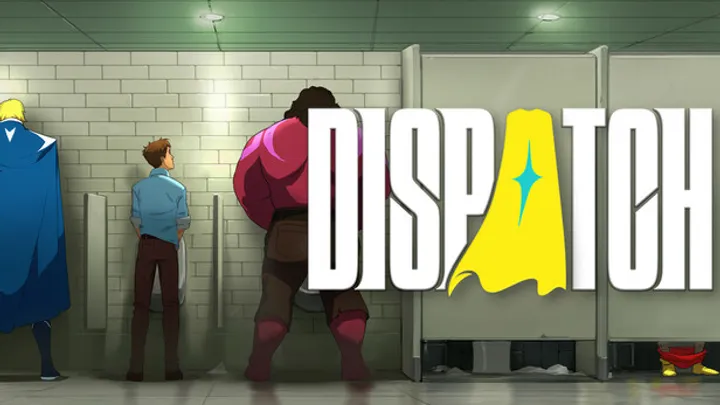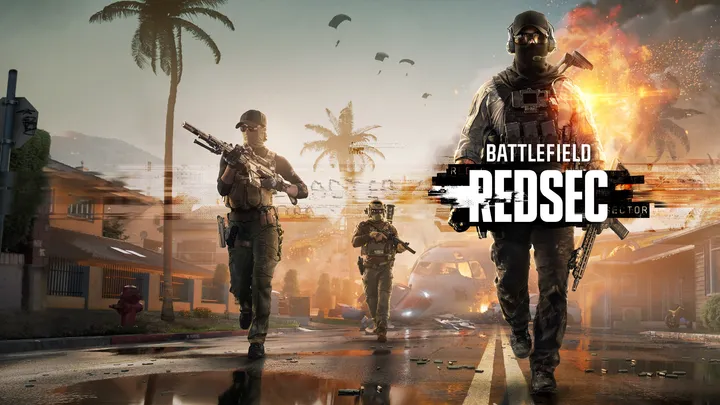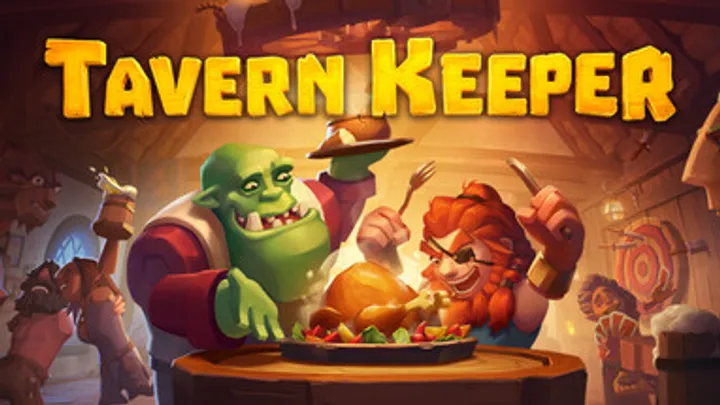
Introduction
MultiVersus, developed by Player First Games and published by Warner Bros. Interactive Entertainment, burst onto the gaming scene as a free-to-play platform fighter. It quickly gained attention for its diverse roster, bringing together iconic characters from various properties, including DC Comics, Scooby-Doo, Adventure Time, and more. The game's unique premise of blending these universes provides an exciting playground for players, and its competitive nature lends itself to both casual and hardcore gamers alike. However, one significant issue that arises within MultiVersus is the representation and balancing of its diverse character roster. This article will explore how character representation affects gameplay mechanics, community dynamics, and player engagement, ultimately questioning what it means to represent a character true to its origins while still maintaining competitive integrity.
The Origins: A Diverse Roster
Building a Unique Universe
The foundation of MultiVersus lies in its ambitious endeavor to mix characters across various franchises. Players can choose from a wide array of recognizable faces, including Batman, Shaggy, Arya Stark, and Bugs Bunny. This character diversity offers not only a broad appeal but also a unique opportunity to explore different combat styles and abilities.
The Importance of Representation
Representation in gaming has been a topic of discussion for years, and MultiVersus capitalizes on this notion by offering characters from both classic and contemporary sources. Representation in this sense goes beyond mere diversity; it also seeks to capture the essence of each character’s identity and story within the context of gameplay.
Highlights of Character Diversity
- Franchise Mixing: Characters from differing universes collide, creating novel interactions and surprising pairings that excite fans.
- Ability Diversity: Each character's abilities reflect their source material, resulting in a varied gameplay experience.
- Cultural Representation: By including characters from various backgrounds, MultiVersus aims to be more inclusive, reflecting the diversity in its player base.
A Promise of Variety
The game's expansive character roster promises players an array of choices that cater to different playstyles and preferences. However, with this promise comes the challenge of ensuring that each character is balanced and retains a true representation of their original traits and powers.
Gameplay Mechanics: Balancing Characters
Characters and Combat Styles
MultiVersus is fundamentally a fighting game that emphasizes unique combat mechanics for each character. Each fighter's abilities, movesets, and gameplay strategies vary substantially, reflecting their backgrounds and stories. While this diversity adds richness to the game, it also presents challenges in balancing these varied fighters within competitive play.
The Role of Abilities
The core of MultiVersus gameplay revolves around understanding each character's abilities and how best to exploit them. For instance, characters like Superman thrive on grounded, heavy strikes, while others like Bugs Bunny leverage trickery and gadgets. This complexity creates a robust strategy layer, but it demands careful consideration of balance to ensure no character dominates the competitive landscape.
Key Challenges in Balancing
- Meta Shifts: The evolving competitive scene necessitates regular updates to character strength and weaknesses.
- Community Feedback: Input from players regarding character performance can lead to patches and adjustments that aim for better balance.
- Diversity vs. Competitiveness: Balancing unique abilities with overall competitiveness is crucial for making each character feel both powerful and fair to play against.
The Meta Game
As players dive deeper into MultiVersus, the game begins to evolve into a meta where certain characters rise in popularity due to perceived advantages. This often leads to a cycle of character balancing and adjustments, which introduces further complications regarding representation.
Representation vs. Gameplay Integrity
Conflict between Authenticity and Playability
As the character roster expands, the struggle to stay true to each character's essence while ensuring they are viable in competitive settings can often lead to conflicts. For instance, making a character simply powerful to balance gameplay might strip away the nuances that define their identity.
Case Studies in Name and Character Integrity
Certain characters, such as Velma from Scooby-Doo, exemplify this conflict. Velma is characterized primarily by her intelligence and analytical skills. However, translating this into a viable fighting mechanic while retaining her essence poses a challenge.
Implications for Character Design
- Ability Translation: How do you capture a character’s traits in gameplay? Velma's analytical nature is represented through unique moves but can be difficult to balance.
- Player Expectations: Fans often have preconceived notions about how a character should behave based on their origins, which can conflict with gameplay needs.
- Emotional Impact: A character’s design and ability set must resonate emotionally, ensuring that players feel a connection to their favorite characters while maintaining competitive integrity.
Competitive Integrity
Ensuring competitive integrity while maintaining character authenticity is a fine line to walk. The community's reception of character balance and design significantly impacts the longevity and popularity of the game as both players and fans voice their opinions on social media.
Community Reaction: Feedback on Representation
Player Perspectives
The MultiVersus community is vocal about their opinions on character balance, representation, and gameplay. Players often debate the effectiveness of certain characters, the authenticity of their abilities, and how well these elements translate to the competitive scene.
Community Engagement
Player engagement is crucial for the ongoing development and balancing of characters within MultiVersus. Feedback channels, discussion forums, and social media serve as arenas for players to voice their thoughts and share strategies.
Highlights of Community Feedback
- Character Popularity: Certain characters become fan favorites not just for their playability but for the emotional connections players feel toward them.
- Balance Discussions: Ongoing discussions about character strengths and weaknesses, with suggestions for buffs or nerfs based on extensive play testing and observations.
- Include or Exclude: The discourse on which characters are deserving of inclusion in the game reflects broader societal conversations about representation in media.
The Role of Developers
Developers actively engage with the community, releasing patches and updates in response to player feedback. This engagement fosters a sense of collaboration, which can improve community morale but also adds to the challenge of balancing the various representations present within the game.
Cultural Impact: Broader Implications of Character Representation
The Bigger Picture
MultiVersus isn’t just a fighter; it reflects broader cultural conversations surrounding representation in gaming. The amalgamation of beloved characters from different franchises signifies a growing desire for diversity in mainstream gaming, marking a shift towards more inclusive representation.
Impact on Future Titles
As gaming evolves, the success of titles like MultiVersus can shape how future games approach character representation and diversity. Developers may see the value in incorporating a range of characters from various backgrounds, harnessing the power of nostalgia while forging new connections.
Potential Lessons for Game Development
- Diverse Characters Matter: Representation should be prioritized to foster inclusivity and relatable experiences for all players.
- Engage with the Audience: Continuous engagement with player feedback can lead to more nuanced understanding and representation of characters.
- Balancing Act: Future games may need to take lessons from MultiVersus regarding how to balance character integrity within a competitive framework.
Community Influence
As MultiVersus garners a dedicated fanbase, the discussions within the community around character representation and balance may influence how gaming culture perceives inclusivity. Gamers are increasingly advocating for authentic sentimental connections to the characters they play, which may shape industry standards moving forward.
The Future of Multiplayer Representation
Evolving Standards
The current landscape of gaming faces a pivotal moment, and MultiVersus serves as a lens through which we can examine how representation is changing. As more players seek to identify with characters, the need for developers to create authentic connections becomes paramount.
Potential Directions for MultiVersus
As MultiVersus continues to evolve, developers have the opportunity to refine character representation while respecting the source material. This can lead to new gameplay mechanics, refined balancing, and even the introduction of new characters that reflect varying backgrounds and stories.
Future Character Additions
- Expanding the Roster: New characters can bring additional diversity, storytelling opportunities, and gameplay styles that broaden community engagement.
- Community-Driven Content: Considering input from the player base can guide character design and ensure they resonate with the audience.
- Ongoing Development: Continual updates based on community feedback can improve balance and representation over time.
The Community’s Role
Ultimately, the future of character representation in MultiVersus relies heavily on community interactions and player engagement. As players advocate for authentic representations, developers must remain responsive to these calls, creating a dynamic where every character is both competitive and true to their origins.
Conclusion: Striving for Balance in Representation
MultiVersus offers a fascinating case study on the challenges of character representation within a competitive gaming context. Its diverse roster presents a unique opportunity to explore how different characters can coalesce into a cohesive and enjoyable game while remaining true to their roots.
Balancing competitive integrity with authenticity is an ongoing struggle that requires constant dialogue between the developers and the community. As players engage with the game, their feedback can shape the direction of character representation in MultiVersus, ensuring that the future remains bright and inclusive.
In conclusion, MultiVersus not only serves as a platform for competition but also as a reflection of the evolving standards within the gaming industry regarding character representation. How effectively it can achieve this balance will set a precedent for future games, making it a significant entry into the ever-growing world of multiplayer gaming.








